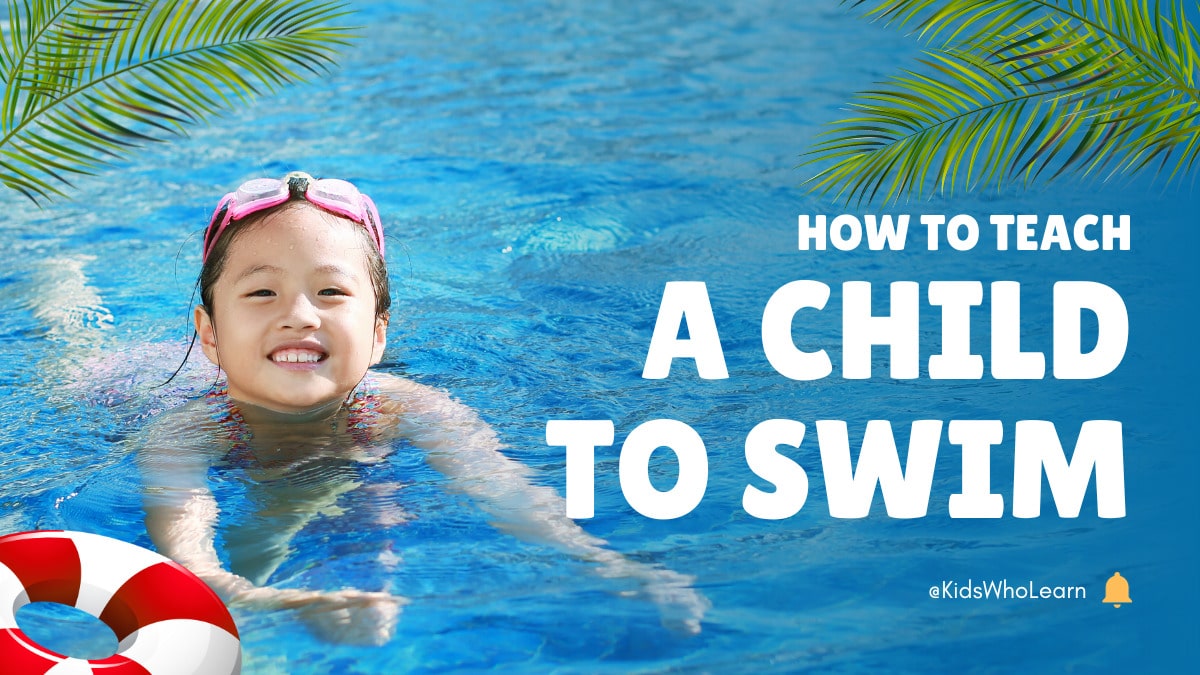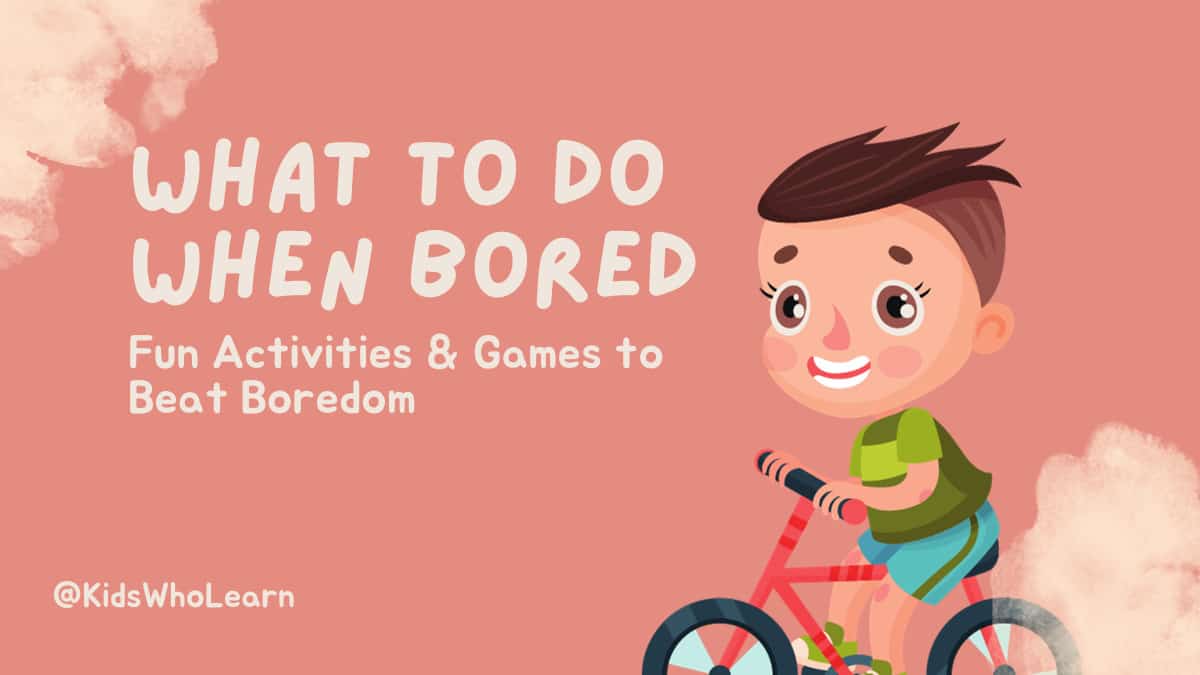Teaching your child to swim is an important life skill that can provide them with endless hours of fun, exercise, and safety. However, it can be a daunting task for both the parent and child. Fear not, with a little patience, preparation, and practice, you can teach your child to swim confidently and safely.
Understanding the Basics: Before getting into the water, it’s important to understand the basics of swimming. This includes knowing the different strokes, proper breathing techniques, and water safety. Understanding these basics will help you teach your child the correct techniques and ensure their safety in the water.
Getting Comfortable in Water: Many children are afraid of the water, which can make learning to swim difficult. To help your child overcome this fear, start by introducing them to the water gradually. This can be done by playing games in the shallow end, using toys to create a fun environment, and getting them comfortable with putting their face underwater.
Key Takeaways
- Understanding the basics of swimming is crucial before teaching your child to swim.
- Getting your child comfortable in the water is key to overcoming their fear and learning to swim.
- Teaching basic skills such as kicking and floating is the foundation for more advanced swimming techniques.
Understanding the Basics
Teaching kids to swim can be a fun and rewarding experience for both you and your child. Before getting started, it’s important to understand the basics of water safety and age-appropriate skills.
Importance of Water Safety
Water safety is crucial when it comes to teaching kids to swim. Drowning is a leading cause of accidental death among children, so it’s important to take the necessary precautions to keep your child safe in and around water.
Here are some water safety tips to keep in mind:
- Always supervise your child when they are in or near water.
- Make sure your child wears a properly fitting life jacket when boating or swimming in open water.
- Teach your child to never go near water without an adult present.
- Teach your child to never run near a pool or other body of water.
- Make sure your child knows how to call for help in case of an emergency.
Age-Appropriate Skills
When teaching kids to swim, it’s important to keep in mind their age and skill level. Younger children will require different teaching methods than older children.
Here are some age-appropriate skills to focus on:
- Infants and toddlers: Getting comfortable in the water, blowing bubbles, and practicing basic movements like kicking and reaching for objects.
- Preschoolers: Learning to float, glide, and swim short distances with assistance.
- School-age children: Improving swimming technique, learning different strokes, and building endurance.
Remember to always keep the learning environment fun and positive. Encourage your child to take breaks when they need to and never force them to do something they are uncomfortable with. With patience and practice, your child will be swimming like a pro in no time!
Getting Comfortable in Water
When it comes to teaching kids how to swim, the first step is getting them comfortable in the water. This can be a daunting task for some children, but with the right approach, you can help them overcome their fears and start enjoying the water.
Water Familiarization
The first step in getting comfortable in the water is to become familiar with it. Start by introducing your child to the water gradually. You can start by simply wetting their feet and gradually moving up to their waist, chest, and eventually their shoulders. Encourage them to splash around and play in the water while maintaining a safe distance from the deeper end of the pool.
Next, you can introduce them to submerging their face in the water. This can be done by having them blow bubbles in the water or by using a small toy to encourage them to put their face in the water. Once they are comfortable with this, you can move on to having them fully submerge themselves in the water.
Games to Reduce Fear
Playing games in the water can be a great way to reduce fear and build confidence. Here are a few games you can try:
- Treasure Hunt: Toss a few small toys or coins into the water and have your child retrieve them. This game encourages them to put their face in the water and helps build their swimming skills.
- Red Light, Green Light: This classic game can be played in the water. Have your child swim towards you when you say “green light” and stop when you say “red light.” This game helps build swimming skills and teaches your child to listen for instructions.
- Marco Polo: This game is played with one person closing their eyes and calling out “Marco” while others respond with “Polo.” The person with their eyes closed must try to tag the other players. This game helps build confidence in the water and encourages your child to move around and explore.
By using these techniques and games, you can help your child become comfortable in the water and start building their swimming skills. Remember to always maintain a safe environment and never leave your child unattended in the water.
Teaching Basic Skills
When teaching kids to swim, it’s important to start with the basics. Here are some tips for teaching the basic skills of floating, kicking, and blowing bubbles.
Floating
Floating is an essential skill for any swimmer. To teach your child to float:
- Have them lie on their back in the water, with their arms and legs spread out.
- Encourage them to relax and take deep breaths.
- Support their head and neck until they feel comfortable.
- Gradually release your support and have them try to float on their own.
It may take some practice, but with patience and encouragement, your child will soon be able to float on their own.
Kicking
Kicking is another important skill for swimming. To teach your child to kick:
- Have them hold onto the edge of the pool or a kickboard.
- Encourage them to kick their legs up and down, keeping their toes pointed.
- Remind them to keep their body straight and their head above water.
Once they are comfortable with kicking, you can have them practice kicking while floating on their back or swimming on their front.
Blowing Bubbles
Blowing bubbles is a fun way to help your child get comfortable putting their face in the water. To teach your child to blow bubbles:
- Have them stand in the shallow end of the pool with their face in the water.
- Encourage them to blow bubbles through their nose and mouth.
- Remind them to take a breath before putting their face back in the water.
Once they are comfortable blowing bubbles, you can have them practice holding their breath and submerging their face for longer periods of time.
With these basic skills, your child will be on their way to becoming a confident and capable swimmer.
Advanced Skills
As your child becomes more confident and comfortable in the water, they may be ready to learn some more advanced swimming skills. Here are a few strokes to teach your child as they progress in their swimming abilities:
Breaststroke
Breaststroke is a popular swimming stroke that is often taught in swim lessons. To perform breaststroke, your child should:
- Begin by floating on their stomach with their arms extended in front of them.
- Pull their arms back towards their chest, keeping their elbows close to their sides.
- As they pull their arms back, they should kick their legs out and then bring them back in towards their body.
- Repeat the arm and leg movements in a continuous motion, propelling themselves forward through the water.
Backstroke
Backstroke is another popular swimming stroke that can be a bit more challenging to learn. To perform backstroke, your child should:
- Begin by floating on their back with their arms extended above their head.
- Pull their arms down towards their sides, keeping their elbows straight.
- As they pull their arms down, they should kick their legs out and then bring them back in towards their body.
- Repeat the arm and leg movements in a continuous motion, propelling themselves backwards through the water.
Butterfly Stroke
Butterfly stroke is a more advanced swimming stroke that requires a lot of strength and coordination. To perform butterfly stroke, your child should:
- Begin by floating on their stomach with their arms extended in front of them.
- Pull their arms back towards their chest, keeping their elbows close to their sides.
- As they pull their arms back, they should kick their legs out and then bring them back in towards their body.
- As their arms come back towards their chest, they should push them forward and out of the water.
- As their arms come forward, they should lift their head out of the water and take a breath.
- Repeat the arm and leg movements in a continuous motion, propelling themselves forward through the water.
Remember, learning advanced swimming skills takes time and practice. Encourage your child to keep trying and celebrate their progress along the way.
Monitoring Progress
Once your child begins to learn how to swim, it is important to monitor their progress regularly. This will help you identify areas where they need more practice and give you an idea of how far they have come.
One way to monitor progress is to set achievable goals for your child. For example, you could set a goal for them to be able to swim a certain distance or perform a specific stroke correctly. Keep in mind that the goals should be challenging but not impossible.
Another way to monitor progress is to track their swimming skills using a chart or logbook. You can record the date, the skill they practiced, and how well they did. This will give you a visual representation of their progress over time.
It is also important to provide feedback to your child on their progress. Be sure to praise them for their accomplishments and encourage them to keep practicing. If they are struggling with a particular skill, offer constructive feedback and suggest ways they can improve.
Remember that progress takes time and every child learns at their own pace. Be patient and supportive, and celebrate each milestone along the way.
Celebrating Achievements
As your child progresses in their swimming lessons, it’s important to celebrate their achievements along the way. This not only boosts their confidence, but also motivates them to continue improving. Here are some ways you can celebrate their progress:
- Verbal praise: One of the simplest and most effective ways to celebrate your child’s achievements is by giving them verbal praise. Let them know how proud you are of them and how much they’ve improved. This can go a long way in boosting their self-esteem.
- Certificates and awards: Many swim schools offer certificates and awards for children who reach certain milestones, such as completing a level or swimming a certain distance. These can be a great way to recognize your child’s hard work and dedication.
- Family outing: Celebrate your child’s progress with a fun family outing. Take them to their favorite restaurant or amusement park, or plan a special day trip to a nearby attraction. This gives them something to look forward to and shows them that their hard work is appreciated.
- Small rewards: Consider giving your child a small reward for reaching a particular goal, such as a new swim cap or goggles. This can be a tangible reminder of their achievement and motivate them to continue working hard.
Remember, celebrating your child’s achievements doesn’t have to be expensive or elaborate. A simple high-five or hug can go a long way in showing your child how proud you are of them. Keep the focus on their progress and effort, rather than just the end result. This will help them stay motivated and continue improving their swimming skills.
Continued Practice
Now that your child has learned the basic swimming techniques, it’s important to continue practicing regularly. Consistent practice can help your child develop their swimming skills and build their confidence in the water. Here are some tips to help you continue practicing with your child:
1. Set a Regular Schedule
Make swimming a regular activity in your child’s routine. Set a specific day and time each week for swimming lessons or practice sessions. This helps your child stay committed to swimming and ensures they get enough practice to improve their skills.
2. Incorporate Fun Activities
Make swimming fun by incorporating games and activities into your practice sessions. For example, you can play “Marco Polo” or have a race to see who can swim the fastest. This not only makes swimming more enjoyable for your child but also helps them improve their skills without even realizing it.
3. Practice Different Strokes
Encourage your child to practice different swimming strokes to improve their overall technique. Teach them the breaststroke, backstroke, and butterfly stroke. This helps them become a more well-rounded swimmer and prepares them for more advanced swimming techniques in the future.
4. Monitor Progress
Keep track of your child’s progress and celebrate their achievements. This helps them stay motivated and encourages them to continue practicing. You can use a logbook to record their progress and set goals for future swimming sessions.
By following these tips, you can help your child become a confident and skilled swimmer. Remember to make swimming fun and enjoyable, and your child will be eager to continue practicing and improving their skills.
Conclusion
Teaching your kids to swim is an important life skill that can benefit them in many ways. It can improve their physical health, boost their confidence, and help them stay safe around water. By following the tips and techniques outlined in this article, you can help your child become a confident and competent swimmer.
Remember to start with the basics and progress at your child’s pace. Keep the lessons fun and engaging, and always provide positive reinforcement and encouragement. Make sure your child is comfortable and safe in the water, and never force them to do anything they are not ready for.
When teaching your child to swim, it’s important to be patient and understanding. Every child learns at their own pace, and some may take longer to master certain skills than others. Don’t get frustrated or discouraged if your child struggles with a particular technique. Instead, focus on their progress and celebrate their achievements along the way.
With the right approach and a little bit of patience, you can help your child become a confident and capable swimmer. So grab your swimsuits and jump in the pool – it’s time to start swimming!
Frequently Asked Questions
What are some fun ways to teach kids how to swim?
Swimming can be a fun activity for kids, and there are several ways to make it an enjoyable experience. You can start by introducing your child to the water and playing games with them. You can also use toys such as diving rings or beach balls to make swimming more exciting. Another fun way to teach kids how to swim is by incorporating music into the lesson. You can sing songs or play music while they practice their strokes.
How can I teach a child to swim without floaties?
Floaties can be a great tool for beginners, but they can also create a false sense of security. To teach a child to swim without floaties, start by helping them get comfortable in the water. You can do this by holding them and guiding them through the water. Once they are comfortable, you can begin teaching them basic swimming techniques such as kicking and arm strokes. Make sure to always supervise your child when they are in the water.
What is the earliest age a child can learn to swim?
There is no set age for when a child can learn to swim, but it is recommended to start as young as possible. Some swim schools offer classes for infants as young as six months old. However, it is important to remember that every child develops at their own pace, so it’s important to be patient and not push them too hard.
Can toddlers be taught to swim?
Yes, toddlers can be taught to swim. However, it’s important to remember that toddlers have a short attention span, so lessons should be short and fun. You can start by introducing them to the water and encouraging them to splash around. As they become more comfortable, you can begin teaching them basic swimming techniques.
How do I teach an older child to swim?
Teaching an older child to swim can be a bit more challenging, but it’s not impossible. Start by helping them get comfortable in the water and then move on to teaching them basic swimming techniques. It’s important to be patient and encouraging, and to always supervise them when they are in the water.
How do I teach a child who is afraid of water to swim?
If your child is afraid of water, it’s important to take things slow and be patient. Start by introducing them to the water and encouraging them to splash around. You can also use toys and games to make it a more enjoyable experience. As they become more comfortable, you can begin teaching them basic swimming techniques. If their fear persists, consider enrolling them in swim lessons with a qualified instructor who has experience working with fearful swimmers.







